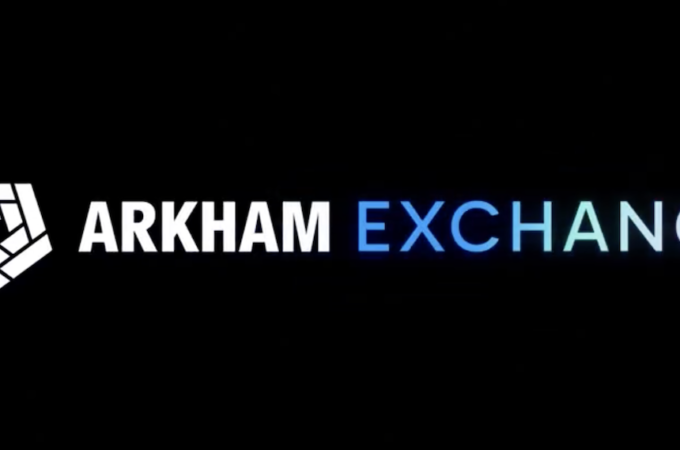
Corporates need a ‘consumer style’ invoice experience
By Prabhat Vira for PaymentsSource
From banking apps with real-time information on personal finances to Amazon-type shopping experiences that create one-touch buying, those who are responsible for improving and maintaining the financial success of a business think less about how their money moves.
Yet, when they sit at their office desk, the friction becomes the focus of the CFO’s job. From RSA security tokens to multiple banking portals, a CFO must set up processes and procedures to handle even the simplest of tasks, creating inefficiency and frustrations along the financial supply chain. This has left many wondering: where are the fintech disruptions to simplify my career?
One area in which technology is creating a frictionless experience is in invoice financing. Perhaps no other link in the financial supply chain is riper for technological disruption by those interested in saving money on financing costs; creating efficiencies in the processing of invoices and ultimately saving money on the corporate bottom line.
In large part this is due to the barriers of entry to the marketplace for finance professionals in small and medium enterprises (SMEs) as many have experienced barriers when looking for finance. When explained in business terms—from a corporate bank to a treasurer—the difficulty in securing financing makes sense. The corporate bank is examining factors such as balance sheet and capital ratios before taking a risk in extending credit.
Yet, this rationale fails to consider the human element and the experiences of the CFO as an individual first. The rise of fintech in the consumer world—such as P-to-P payments apps and crowdfunding websites—has the CFO as the individual seeking alternatives to the traditional ways of securing financing. Not only is it vital to financing new business and expansion but also to ensuring cash flow with existing buyers.
To the individual, this disconnect may seem arcane. In a world of online bill pay and banking apps on mobile phones, payments are nearly instantaneous. This leads CFOs to ask what can be done to bring a similar experience to their sales process and invoice financing.
As in the individual’s experience with online banking, the consumerization of invoice financing begins with greater access to data and streamlining of internal systems.
According to the 2015 Global Corporate Treasury Survey by Deloitte, the very technology that was meant to help a CFO do their job more efficiently is only hindering further progress. Forty percent of companies remain challenged by visibility into global operations, including cash and financial exposures. Forty percent also cited insufficient technology infrastructure to support their department.
It’s not for lack of technology spending, or technology support, but rather in how that technology is delivered. Sixty-four percent of respondents in the Deloitte survey said they use more than one enterprise resource planning (ERP) system to source and send data, which prevents treasurers from accessing reliable, complete and consistent data. In turn, this leads to increased operational difficulties and risk rather than providing sufficient solutions to address these challenges.
And that’s where the promise of a more consumer-friendly approach exists for the CFO. Just as P-to-P payment apps did not arise out of continuation improvement of online banking, a more streamlined process for invoice financing will not arise from the financing providers. That is because their margins rely in part on the complexity of treasury systems and functions and the scarcity of finance to keep rates artificially high.
This creates friction.
It is in removing this friction that the promise of fintech offers a solution. Just as the individual may turn to an alternative finance provider to take control of their personal finances, CFO’s are turning to lenders offering seamless invoice financing allowing them to take control of their finances to achieve success through a seamless one-stop-shop. This way, the CFO is empowered to take advantage of early payments and access funding from the same platform where they transact with their clients. The day has finally come when the individual is not only in the driver seat of their personal finances, but also of their corporate transactions.
First appeared at PaymentsSource





